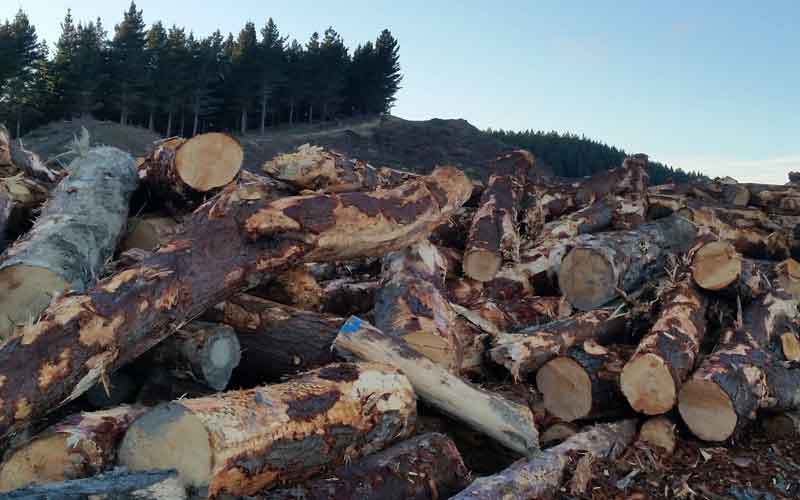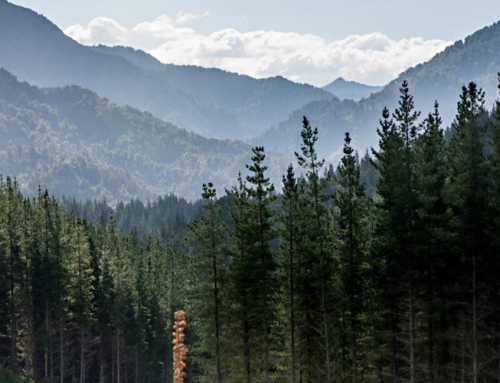Friday Offcuts, 7 September 2018 || Bioenergy production using wood from locally grown and sustainably managed forests can provide one of the lowest carbon energy options for New Zealand. New information from Scion explains the role of planted forests in the plant-driven carbon cycle.
The amount of carbon in the plant-driven carbon cycle remains constant. In contrast, when fossil fuels are burnt for energy, the total amount of carbon in the atmosphere increases and contributes to climate change.
Harvesting and transporting wood uses energy too, but that amount is small compared with the potential energy contained in the biomass. “A typical logging truck load could be converted into around 2,200 litres of diesel,” says Dr Paul Bennett, Clean Technology Science Leader. “This is enough to travel from Kaitaia to Bluff and back. Harvesting, and transporting logs to a port or mill 100 km away only uses around one tenth of the logs’ potential energy.”
Using purpose-grown planted forests to supply timber, fibre and energy, New Zealand is in a unique position to produce energy with life cycle emissions approaching 2 to 4 per cent of those from coal and gas.
Replacing coal, gas and fuel oils with forest harvest debris and wood processing residues and other biomass will help New Zealand meet its international commitments to reduce emissions under the Paris Climate Agreement, and move towards becoming a net zero carbon economy.
Read more:
Energy from wood is good for New Zealand and the climate – SCION, August 2018





